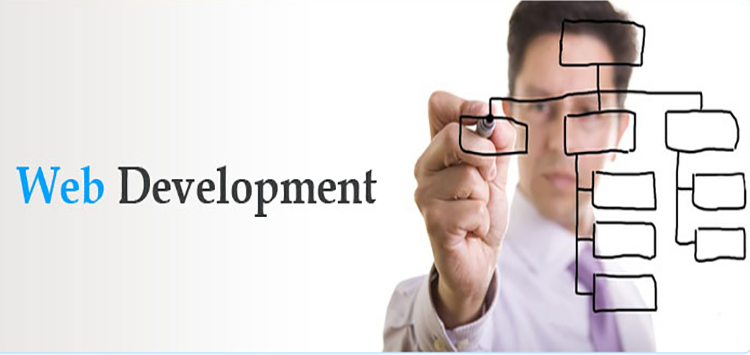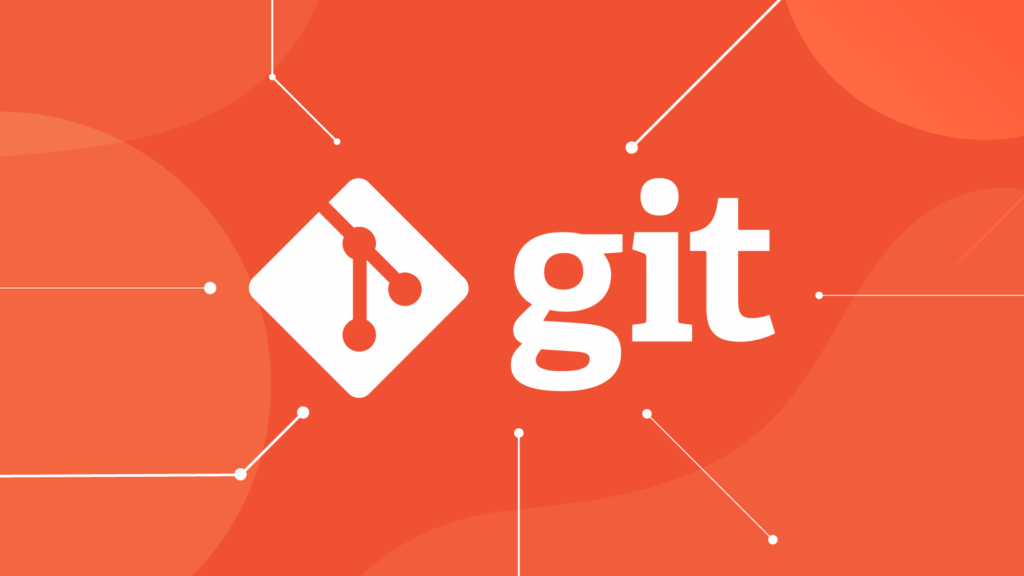
Web development is a broad term for the majority of activity related to developing a website, for the purposes of being viewed on the Internet or an Intranet. Website development can include e-commerce development, website design, web content development, client-side and server-side scripting, and web server configuration.
When speaking with professionals in the web design and digital industry however, “web development” usually refers strictly to the non-design elements of building web sites, such as writing markup and coding.
Website development can range from developing the simplest static single page of plain text, to very complex web based applications, online shops and online stores, or social networking services, tools and widgets.
For larger corporations, internal web and development resources and outsourced web development teams can consist of hundreds of people (web developers). Smaller companies may only require one in house resource, or see the benefit of outsourced web design/development. Web development is typically a collaborative effort between multiple departments rather than a single designated department.
Web Development can be split into many areas and a typical and basic web development hierarchy might consist of;
Client Side Coding
• CSS
• XHTML
• Javascript
• AJAX (New methods of using Javascript, PHP and other languages to improve the user experience)
• Flash (Adobe Flash Player is a ubiquitous client-side platform ready for Rich Internet Applications (RIAs). Flex 2 is also deployed to the Flash Player.
• Microsoft SilverLight
Server Side Coding
• PHP (open source)
• ASP (Microsoft proprietary)
• .NET (Microsoft proprietary)
• CGI and/or Perl (open source)
• Java (J2EE or WebObjects)
• SSJS Server-Side JavaScript (Aptana Jaxer, Mozilla Rhino)
• Python (Django, web framework, open source)
• Ruby (Ruby on Rails)
• Smalltalk (Seaside)
• ColdFusion (Adobe proprietary, formerly Macromedia)
• Lotus Domino
• Websphere (IBM proprietary)
LAMP has become popular, however lesser known languages like Ruby and Python are often paired with database servers other than MySQL (the M in LAMP). Below are examples of other databases currently in wide use on the web. Some developers prefer a LAPR (Linux/Apache/PostrgeSQL/Ruby on Rails) setup for development.
Database Technology
• MySQL
• PostgreSQL
• SQLite
• Microsoft SQL Server
• Firebird
• Apache Derby
• Oracle
• DB2
In practice, when dealing with a senior web developer, they will have a range of skills, including:
• Graphic design / web design
• Information architecture and copywriting/copyediting with web usability, accessibility and search engine optimisation in mind
• Project management, Quality Assurance
The above list is a simple website development hierarchy and can be extended to include all client side and server side aspects. It is still important to remember that web development is generally split up into client side coding covering aspects such as the layout and design, then server side coding, which covers the website’s functionality and back end systems.
Looking at these items from a aerial view, client side coding such as XHTML is executed and stored on a local client (in a web browser) whereas server side code is not available to a client and is executed on a web server which generates the appropriate XHTML which is then sent to the client. As the nature of client side coding allows you to alter the HTML on a local client and refresh the pages with updated content (locally), web designers must bear in mind the importance and relevance to security with their server side scripts.
We hope this brief overview helps.





